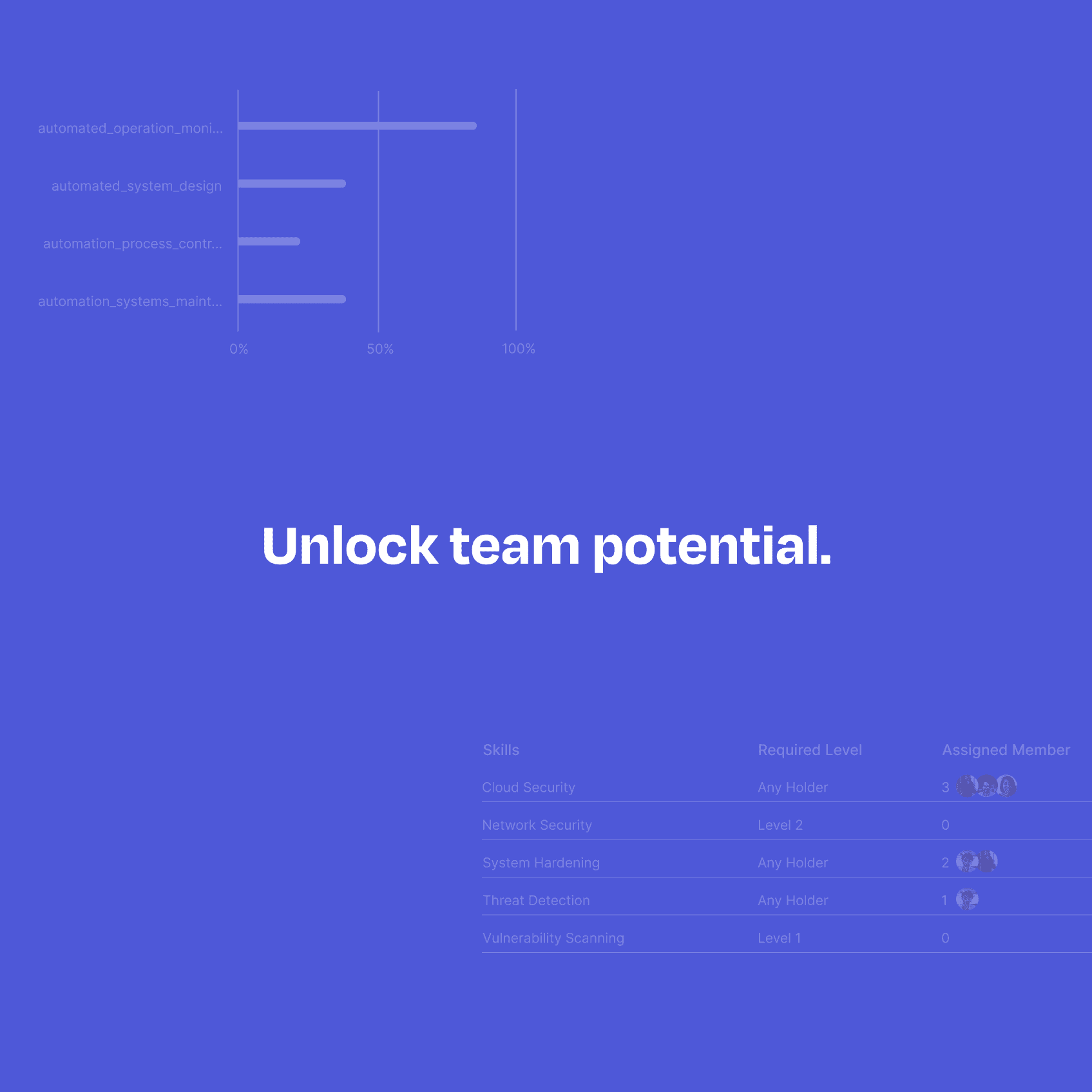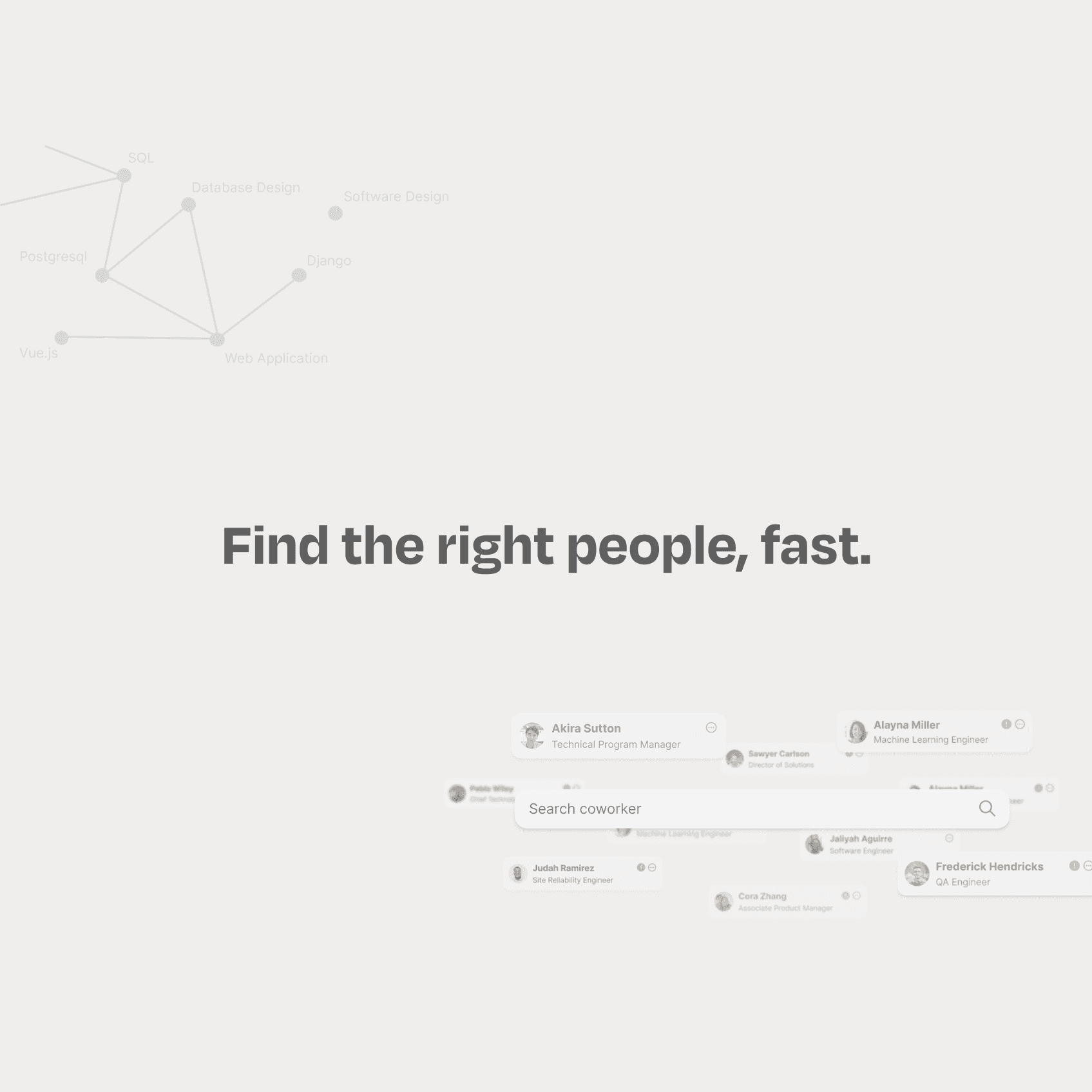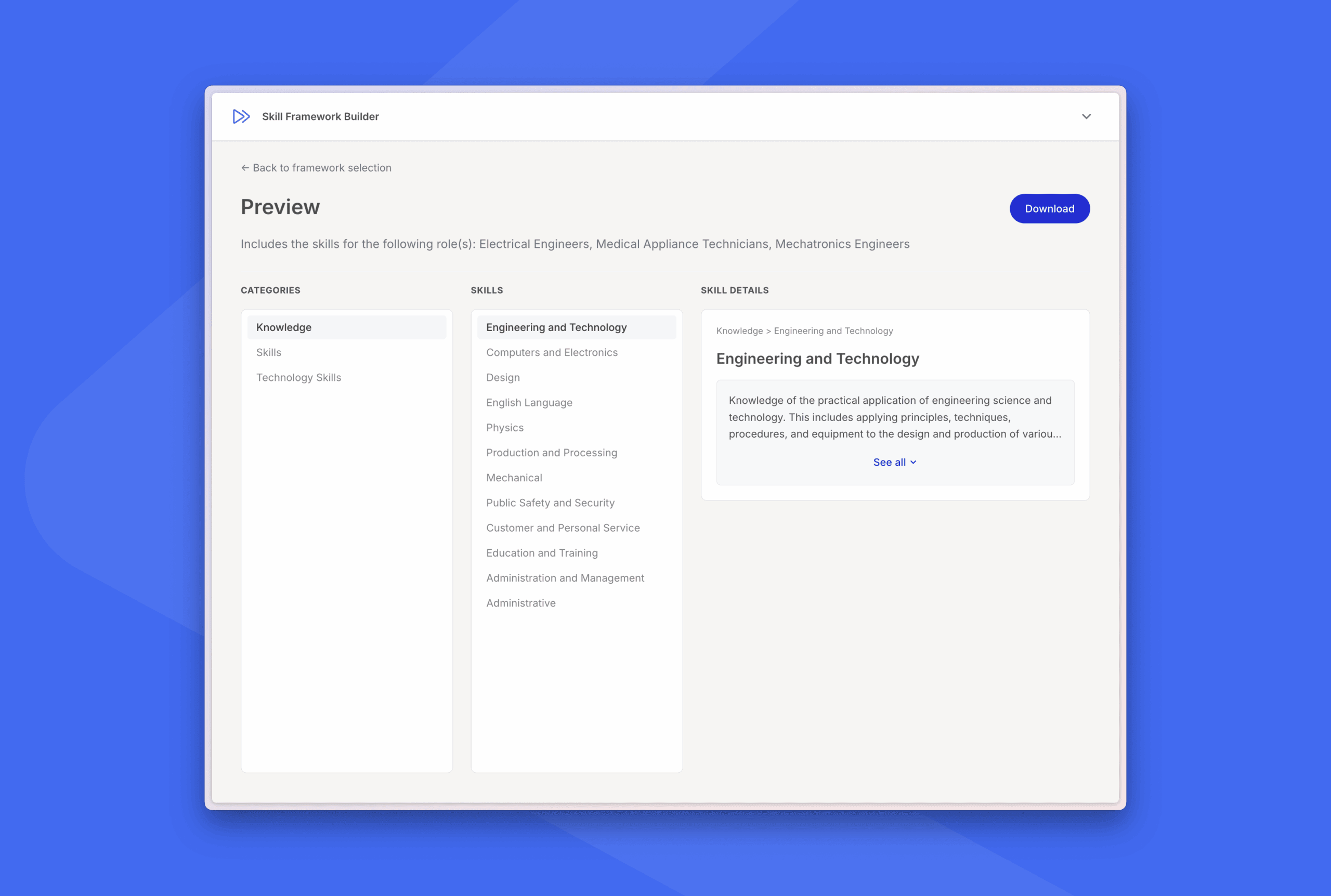
We’re at the cusp of a massive shift in work. Remote work, flexible schedules, and skills-based hiring are becoming the new normal, prompting companies and employees to rethink traditional career paths. In this evolving landscape, one tool is quietly gaining momentum: the Internal Talent Marketplace (ITM). While not a new concept, its significance is growing as businesses embrace a more dynamic and adaptive workforce model.
At its core, an ITM empowers employees to explore opportunities within their organization that align with their skills, interests, and career aspirations. This could mean applying for internal job openings, short-term project assignments, or gig-style roles that tap into underutilized talents. The ITM’s true power lies in how it dismantles the rigid hierarchies long associated with career growth, creating a more fluid and accessible pathway for employees to navigate.
The Future of Work: Flexibility and Skills-Based Hiring
Recent years have upended the traditional 9-to-5 work model. Companies now prioritize flexibility and the ability to scale their workforce as needed. This shift has made skills-based hiring more crucial than credentials. While the pandemic accelerated this trend, it had been gaining momentum for some time.
ITMs are ideal for today’s fast-paced work environment because they facilitate employee movement within organizations. It’s no longer just about climbing the traditional career ladder. Instead, people can explore roles that match their current skills or develop new ones as company needs shift. This flexibility allows employees to grow without feeling trapped in one path, while helping businesses maximize their existing talent. Rather than searching externally, companies can tap into their workforce to fill gaps or handle new projects, creating a win-win situation for both parties.
Internal Talent Marketplaces can also significantly reduce external hiring costs. After all, why invest time and money searching for new candidates when your next top performer might already be on your payroll, just waiting for the right opportunity?
Empowering Employees: A Shift in Career Ownership
One of the key benefits of ITMs is how they give employees more control over their careers. Instead of relying on managers to identify talent or offer promotions, employees can proactively explore roles or projects that suit their skills and goals. It’s a way for people to actively shape their career paths, rather than passively waiting for opportunities to arise.
ITMs also foster ongoing learning and development, which is increasingly important as the work landscape evolves. Employees can take on new challenges, build skills, and adapt to market shifts—all while staying within the company. Over time, this not only benefits individual growth but also helps create a workforce that’s flexible and prepared for future challenges.
Organizational Agility: Meeting Challenges Head-On
For modern businesses, agility isn’t just desirable—it’s essential. Unpredictable events, such as economic shifts or global disruptions, can force companies to rethink their operations rapidly. When swift changes occur, a flexible approach to talent management becomes crucial. This is where ITMs shine. They enable companies to swiftly move employees between roles or departments without a lengthy hiring process.
Agility isn’t just for crisis management, though. ITMs also help businesses seize opportunities as they arise. When a company lands a big contract or launches a new project, it can quickly tap into the skills already available within its team—saving time and money. This approach boosts the company’s resilience and adaptability while reducing reliance on external hires or contingent labor.
Another advantage of internal mobility is that employees bring their experience and insights as they move between roles. This cross-pollination can spark fresh ideas and foster stronger collaboration across the company, keeping businesses nimble in fast-changing markets.
Conclusion: Preparing for a New Era of Work
The future of work extends beyond remote jobs or digital skills—it’s about creating environments where both businesses and employees can adapt and thrive. Internal Talent Marketplaces represent a significant step in this direction, offering a practical way for companies to stay agile while empowering employees to take charge of their careers.
Adopting an ITM could be a strategic move for those looking to future-proof their workforce. It’s more than just filling immediate gaps; it’s about building a foundation for long-term success. As the work landscape continues to evolve, companies that are prepared to flex and adapt will lead the way.
The question isn’t whether ITMs will become part of the future of work—it’s about how soon they’ll become essential for every forward-thinking organization. At Zipteam, we’re leading this charge by matching employee skills with internal project needs and building “dream teams.” Our AI-driven platform maximizes team effectiveness, addresses skill gaps, and helps businesses adapt quickly. Try Zipteam today and see how it can make an impact in your organization!












